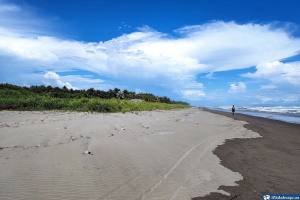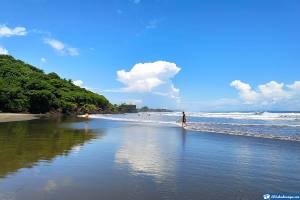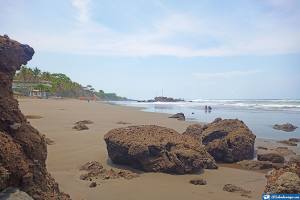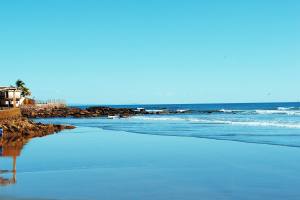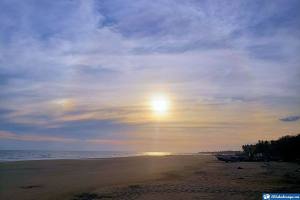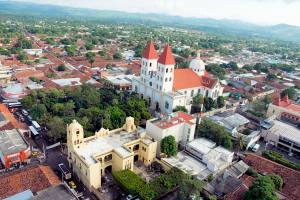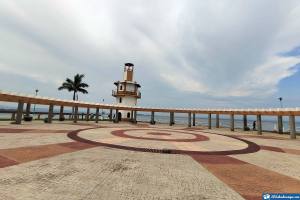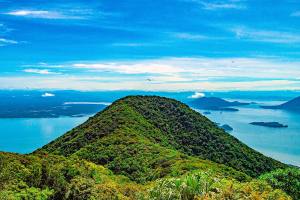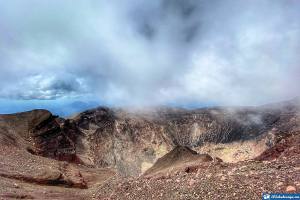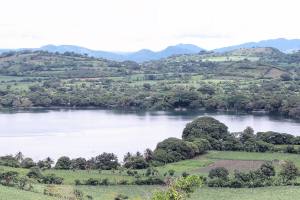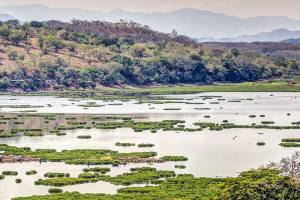If you are looking for tourism in a unique destination with great weather and where you can do different activities, that is Olomega Lagoon. Here there are plenty of areas for recreational activities, and best of all, it is the most important freshwater extension of El Salvador.
But what makes this lagoon so attractive? El Salvador has more than 30 lakes and lagoons, all with different characteristics. In the case of Olomega Lagoon, its inhabitants say that after midnight you can hear the songs of mermaids.
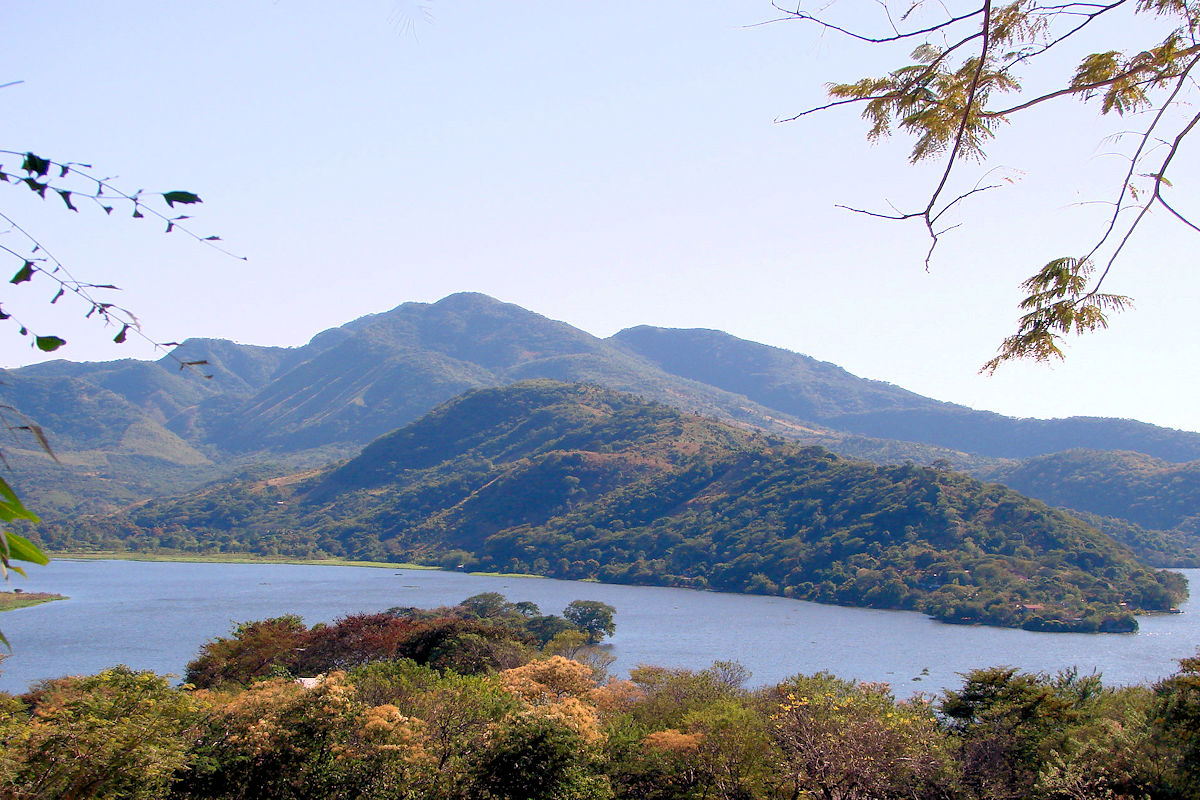
OLOMEGA LAGOON - Lagoons of El Salvador. Photo by Diego Brito. Flickr.
Fishermen and boatmen well know this legend in the area, so they avoid going out to cast their nets after nightfall. Another story revolves around Las Piedras del Diablo (Devil’s Stones).
Some say that the souls of all the people who were sacrificed hundreds of years ago can be heard. In short, in addition to sightseeing, you can live an experience full of adventure and mysticism.
Olomega Lagoon Data
| Country: | El Salvador |
|---|---|
| Department: | San Miguel |
| Category: | Lagoons |
| Suefacw: | 24,2km² |
| Flow Origin: | Grande river, San Miguel |
| Mean Depth: | 5 meters |
Location and history of Olomega Lagoon
The Olomega Lagoon, whose official name is Olomega lagoon, is the most significant freshwater extension in all of El Salvador. It is precisely 24.2 km2, and given its dimensions, it covers the departments of San Miguel and La Unión.

It is bordered by the cliffs of Jucuarán and the Grande de San Miguel river. On the other hand, it owes its formation to volcanic activity, which characterizes its peculiar climate. The area that makes up its lowest part is located at 60 meters above sea level, while the highest is located at 767 meters above sea level, right next to Cerro Nariz del Diablo.
Since February 2010, it has obtained the category of Wetland by UNESCO. It was becoming the 1899th wetland of the Ramsar Convention, the third in El Salvador, and one of the most important in Central America and the world.
Weatherte, Flora and Fauna
Olomega Lagoon owes its biodiversity and climatic characteristics to the fact that it is made of islets, swamps, mangroves, and remnants of what was once a tropical dry forest. There are 5 islets called La estrechura, Olomeguita, Los Chivos, Los Gatos and Las Casitas.
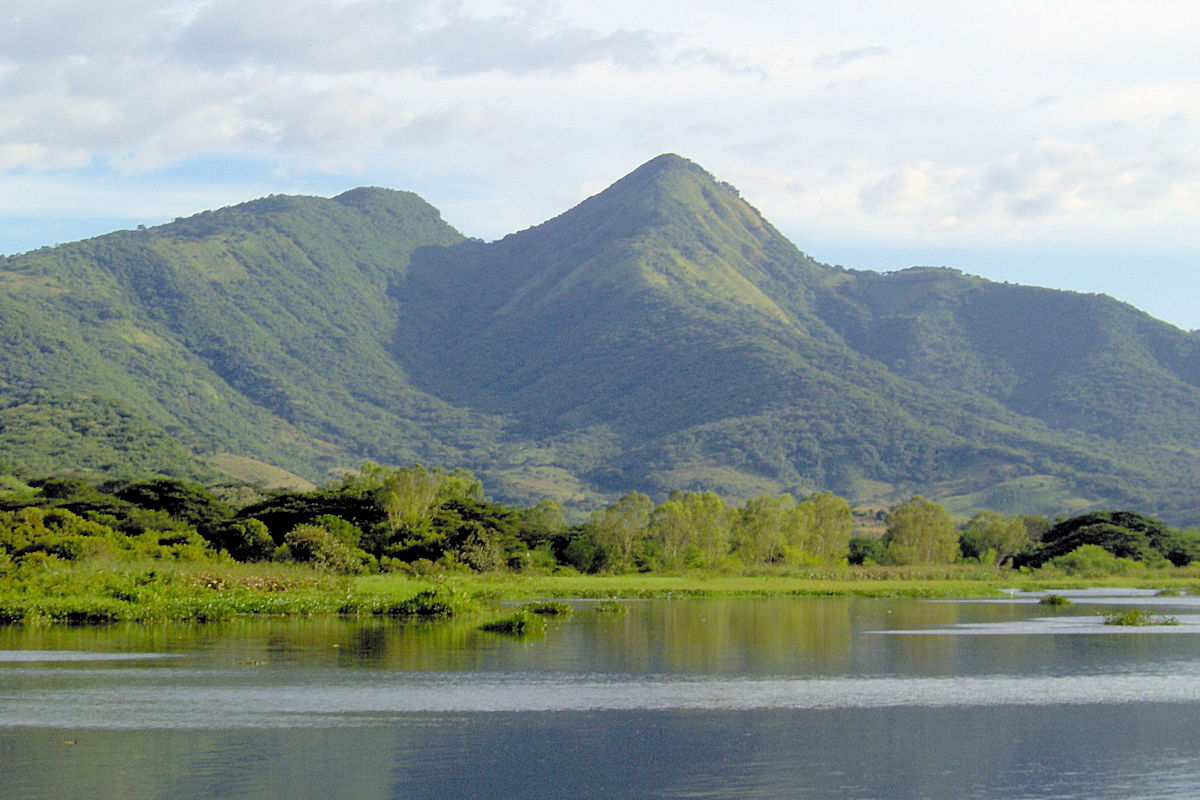
Weather
The area that makes up the Olomega Lagoon has a hot tropical savanna climate and a variety of temperatures covering the rainy and dry seasons. Conditions allow the increase and decrease of its waters and, in turn, the formation of swamps.
Therefore, the driest season of the year starts in November until April; the rest is the rainy season. However, the area presents the canicular period during the winter, in July and August. That is to say, the temperature increases, and a phase of significant drought begins before the winter continues.

However, the average annual rainfall is between 1,400 and 1,700 mm of water, with an ambient humidity of around 70%. As for the calculated yearly temperature, it is from 26°C to 30°C.
Flora
The most important part of the flora in the region is registered in the Chiricana forest, the Lempa swamp, and the mangroves. So far, the records show a wide diversity of species that do not go unnoticed.
For example, more than 100 varieties are registered, among which 37 belong to the aquatic ecosystem. The forests are abundant in cedar and mahogany, but the most important is its sweet mangroves, and the latter are protected because they are in danger of extinction.
Fauna
The fauna in Olomega Lagoon is much more abundant than the flora. There are 127 species of birds, some of which are in danger of extinction, such as the Roseate Spoonbill, Dusky Ibis, and the Royal Duck.
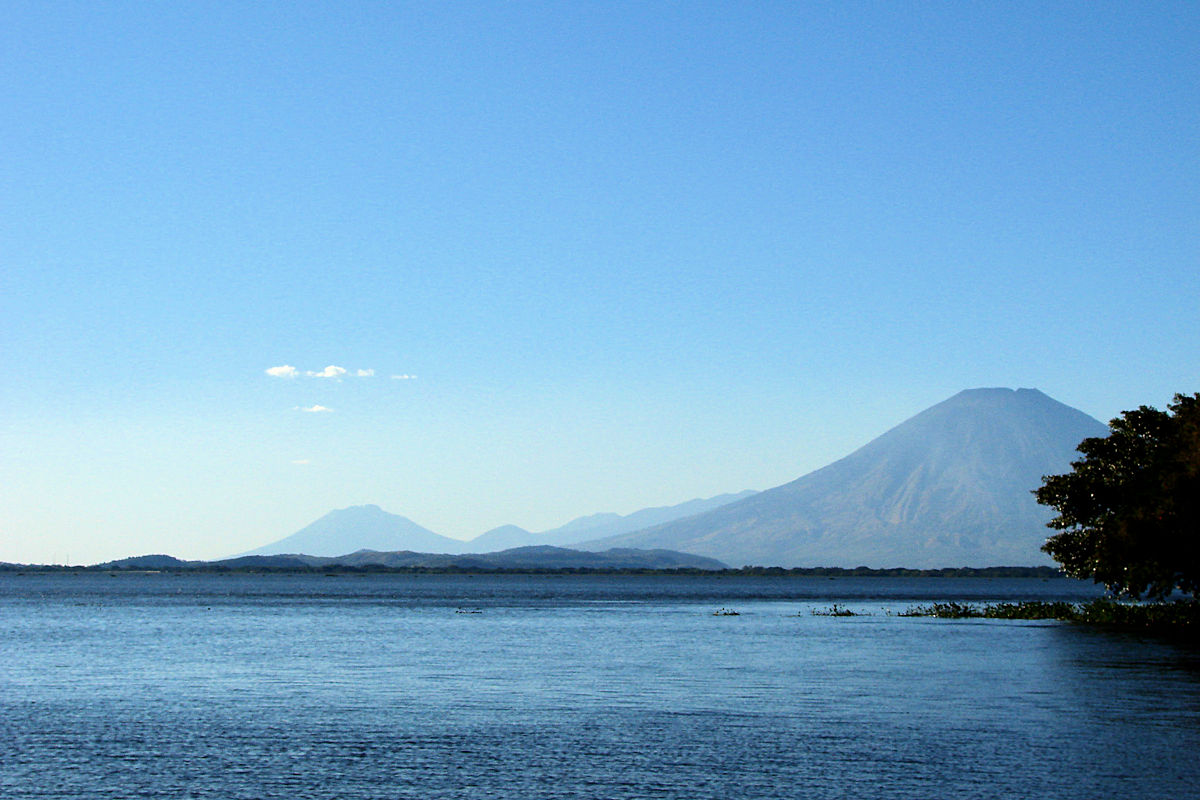
There live 56 species of mammals, where the Central American spider monkey is a protected species. The American crocodile is one of the 17 types of reptiles that inhabit the area.
Additionally, 14 species of fish and five types of amphibians have been calculated in the area. Not to mention, Olomega Lagoon is the migratory destination of thousands of birds. For example, the Lesser Black-backed Pochard in migratory groups of more than 3,000 specimens.
Activities we can perform
Undoubtedly, Olomega Lagoon is a natural paradise you cannot miss if you are attracted to ecotourism. The first thing you should do is a complete tour of the area, in which you will be able to enjoy the richness and diversity of the environment.
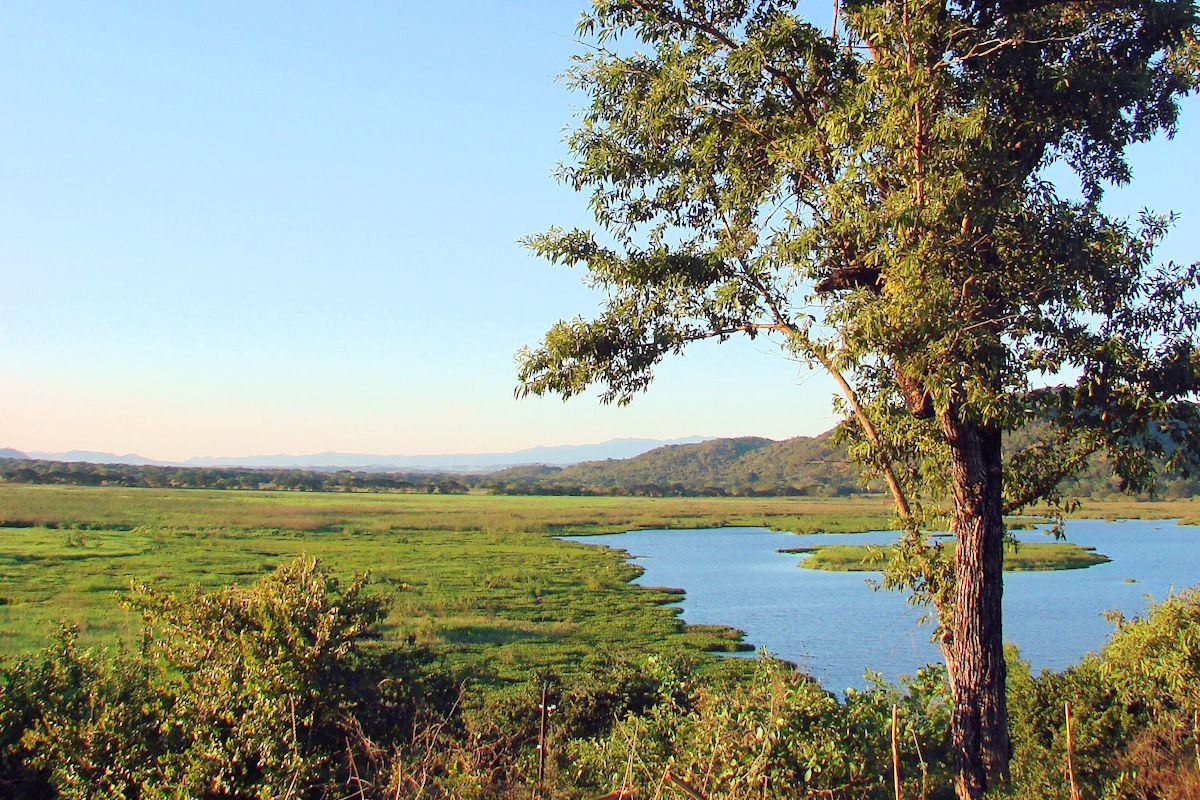
You can talk to a boatman to hire his services for the tour. Whether you want to go to the islets, take a walk around the lagoon, or go fishing, this will allow you to see species such as tilapia, chimbolo, and some eels up close. This will enable you to see species such as tilapia, chimbolo, and some eels up close.
However, the boat transfer has a cost depending on the activity you want to do. These are:
- Transfer to one of the islands has a price per person of $2, including a round trip.
- A complete tour of the lagoon costs $40.
On the other hand, if you go to Los Chivos or Las Casitas islands, you can see the Chaparrastique Volcano on the horizon. Also, if you like hiking, you can ask the locals for a guided walk to the petroglyphs’ area.
According to historical data, they originate in the Lenca culture and are called “Piedras del Diablo” (Devil’s Stones). Another activity you can do is a bike ride along the trails; if you do not have one, there are places where you can rent one.
Nearby places to visit
If you have enough time to get to know the surroundings of Olomega Lagoon, then you cannot miss the opportunity to visit the coasts.
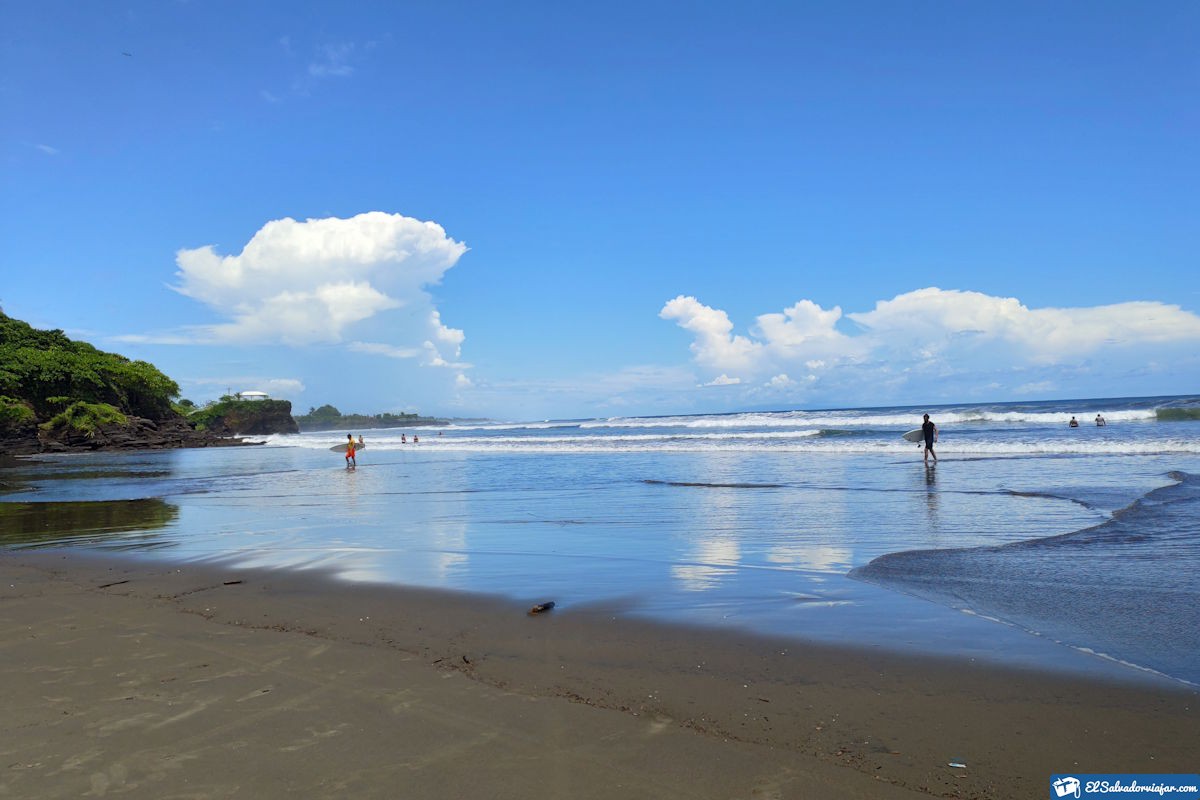
That’s right, from the town of Olomega, you can take a 50-minute drive to beaches such as El Majahual, Negras beaches, Tamarindo, las Flores and El Cuco. In short, you can have the trip of a lifetime and get to know one of the best places El Salvador has to offer.

